Home>Technology>Home Entertainment Systems>What Role Did Television Play In The Civil Rights Movement?
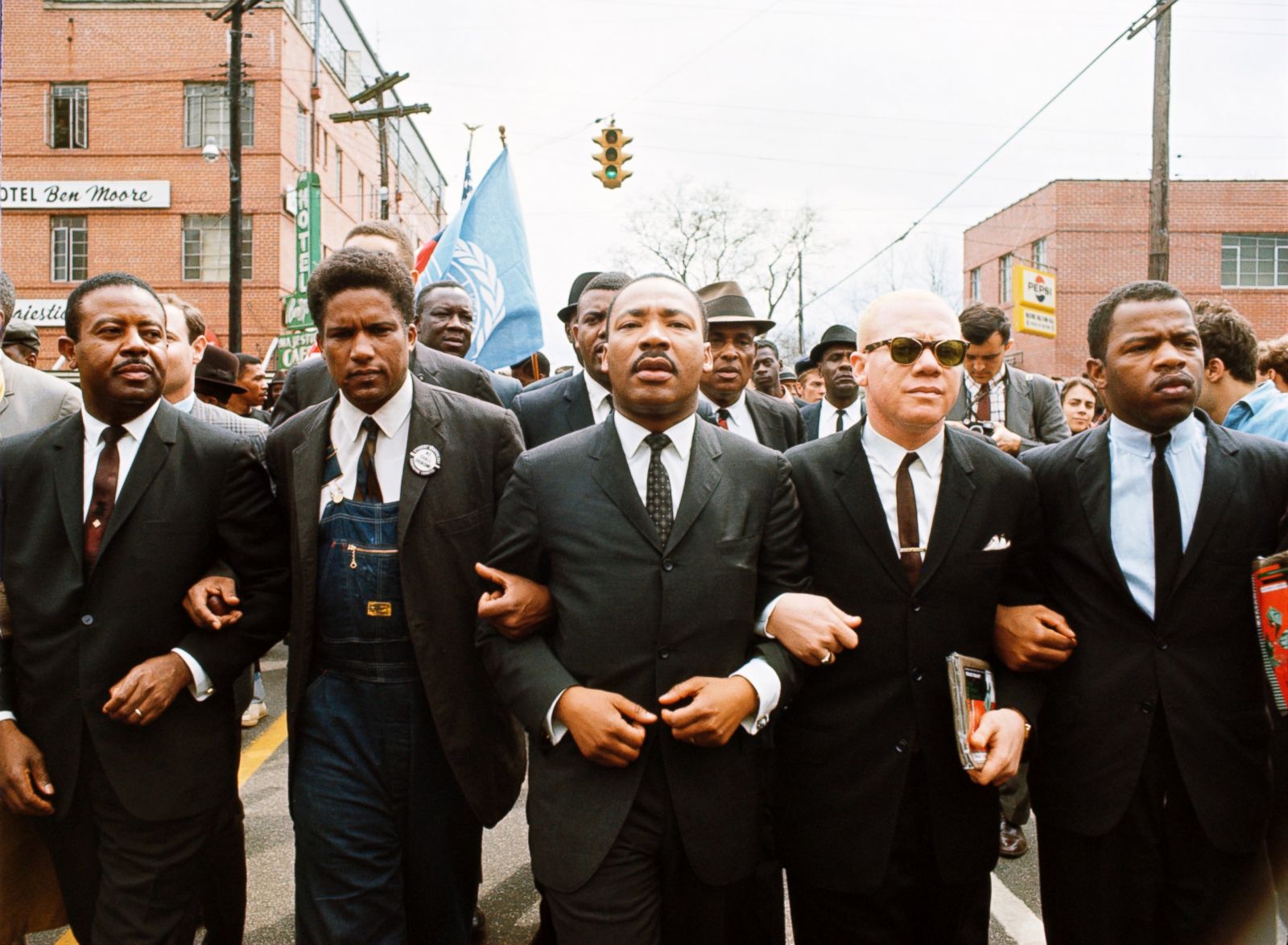

Home Entertainment Systems
What Role Did Television Play In The Civil Rights Movement?
Published: December 21, 2023
Discover the impact of television on the Civil Rights Movement. Explore the role of home entertainment systems in shaping historical narratives.
(Many of the links in this article redirect to a specific reviewed product. Your purchase of these products through affiliate links helps to generate commission for Storables.com, at no extra cost. Learn more)
Introduction
Television, often referred to as the “boob tube” or the “idiot box,” has been a ubiquitous presence in American households since its inception. However, beyond its role as a source of entertainment, television has played a pivotal role in shaping public opinion and disseminating information. Nowhere is this more evident than in its impact on the Civil Rights Movement of the 1950s and 1960s. This article explores the profound influence of television on the Civil Rights Movement, examining its power to bring the struggles and triumphs of the movement into the living rooms of millions of Americans.
The Civil Rights Movement was a defining moment in American history, marked by the tireless efforts of activists and leaders to end racial segregation and secure equal rights for African Americans. At the heart of this movement were powerful speeches, courageous protests, and pivotal events that captivated the nation. Television, as a burgeoning medium, became a potent tool for capturing and broadcasting these historic moments, ultimately shaping the course of the movement and the nation as a whole.
Key Takeaways:
- Television played a crucial role in the Civil Rights Movement by bringing the struggles and triumphs of activists into the living rooms of Americans, shaping public opinion and fostering empathy for the quest for racial equality.
- While television coverage of the Civil Rights Movement galvanized support and shaped public opinion, it also sparked controversies and criticisms, prompting critical reflection on the ethical responsibilities of media representation.
Read more: How To Make A Rocket For Role Play Area
The Power of Television in the Civil Rights Movement
Television emerged as a transformative force in the Civil Rights Movement, providing a platform for both the advocates of change and those resistant to it. The medium’s ability to visually convey the realities of racial injustice and the resilience of those fighting for equality made it a catalyst for societal transformation.
One of the most iconic instances of television’s impact on the movement was the coverage of the 1963 March on Washington for Jobs and Freedom. As over 200,000 demonstrators gathered at the National Mall, television brought this historic event into the homes of Americans across the country. The impassioned words of Dr. Martin Luther King Jr.’s “I Have a Dream” speech reverberated through living rooms, forging a sense of collective purpose and solidarity among viewers. This televised moment not only galvanized support for the Civil Rights Movement but also illuminated the stark disparities faced by African Americans, compelling many to confront the realities of systemic racism.
Television also captured the harrowing confrontations during the Birmingham campaign, notably the infamous scenes of police unleashing dogs and fire hoses on peaceful protesters, including children. The visceral impact of these images on television screens stirred outrage and empathy, prompting a national reckoning with the brutality of segregation and fueling calls for legislative action.
Moreover, the televised coverage of pivotal events such as the Selma to Montgomery marches and the desegregation of schools offered unfiltered glimpses into the struggles and triumphs of the Civil Rights Movement. By broadcasting these transformative moments, television not only informed the public but also fostered a sense of urgency and moral obligation to address the injustices faced by African Americans.
Television’s power to humanize the movement’s leaders and participants was instrumental in dispelling stereotypes and fostering empathy. Through interviews and documentary segments, television allowed viewers to connect with the personal stories and aspirations of Civil Rights activists, transcending geographical and cultural barriers. This humanizing portrayal fostered a sense of shared humanity and solidarity, compelling viewers to confront the pervasive inequities embedded in American society.
In essence, television served as a conduit for empathy, understanding, and mobilization, propelling the Civil Rights Movement from local struggles to a national cause. Its ability to evoke visceral emotions and convey the urgency of social change made it an indispensable ally in the fight for racial equality.
Television Coverage of Civil Rights Events
Television coverage of Civil Rights events played a pivotal role in shaping public perception and fostering a collective consciousness around the challenges and triumphs of the movement. The medium’s ability to visually document the struggles and resilience of Civil Rights activists brought the realities of racial injustice into the homes of millions of Americans.
One of the most significant instances of television’s impact was the coverage of the Montgomery Bus Boycott, a pivotal moment in the Civil Rights Movement. Television broadcasts vividly portrayed the dignified resolve of African American commuters who refused to accept segregation on public transportation. The images of individuals walking miles to work and organizing carpools in the face of adversity resonated with viewers, igniting a sense of solidarity and empathy across the nation.
Furthermore, the televised accounts of the desegregation of schools, notably the coverage of the Little Rock Nine in 1957, brought the realities of racial hostility and the courage of African American students to the forefront of public consciousness. By documenting the hostility and resistance these students faced, television highlighted the entrenched bigotry and systemic challenges hindering racial progress, prompting a national dialogue on the urgency of educational equality.
The coverage of pivotal events such as the March on Washington, the Selma to Montgomery marches, and the Birmingham campaign provided unfiltered access to the resilience and determination of Civil Rights activists. Television not only documented the confrontations and triumphs of these events but also showcased the unwavering commitment of individuals striving for justice and equality. Through these broadcasts, viewers were confronted with the stark realities of racial discrimination and the indomitable spirit of those fighting for change.
Moreover, television coverage humanized the leaders and participants of the Civil Rights Movement, offering a platform for their voices to be heard. Interviews, speeches, and documentary segments provided a nuanced understanding of the personal sacrifices and unwavering dedication of activists, fostering a deeper connection between viewers and the movement. This humanizing portrayal served to dispel stereotypes and cultivate empathy, compelling viewers to confront the injustices faced by African Americans.
In essence, television coverage of Civil Rights events transcended mere documentation; it served as a catalyst for empathy, understanding, and collective mobilization. By bringing the struggles and triumphs of the movement into the living rooms of Americans, television became an indispensable instrument in galvanizing public support and fostering a national dialogue on racial equality.
Television played a crucial role in the Civil Rights Movement by bringing the struggles and injustices faced by African Americans into the living rooms of millions of Americans, sparking empathy and support for the movement.
The Impact of Television on Public Opinion
Television wielded a profound influence on public opinion during the Civil Rights Movement, shaping perceptions, fostering empathy, and galvanizing support for the quest for racial equality. The medium’s ability to visually convey the struggles and triumphs of the movement played a pivotal role in reshaping societal attitudes and mobilizing public sentiment.
One of the most significant impacts of television was its role in dispelling the veil of ignorance surrounding racial injustice. Through its coverage of Civil Rights events, television brought the harsh realities of segregation and discrimination into the homes of millions of Americans, compelling viewers to confront the pervasive inequities embedded in society. The visceral impact of witnessing peaceful protesters being met with violence and hostility served to awaken a collective moral conscience, prompting many to reevaluate their perceptions and assumptions about race and justice.
Moreover, television humanized the experiences of African Americans and Civil Rights activists, offering a platform for their voices to be heard. By showcasing the personal stories, aspirations, and unwavering commitment of those fighting for equality, television fostered empathy and understanding among viewers. This humanizing portrayal served to dismantle stereotypes and cultivate a sense of shared humanity, prompting many to align themselves with the aspirations of the Civil Rights Movement.
Television’s ability to evoke empathy and moral outrage was instrumental in mobilizing public support for the Civil Rights cause. The visual documentation of the resilience and determination of Civil Rights activists, juxtaposed with the systemic injustices they faced, galvanized a groundswell of solidarity and advocacy for change. Viewers were moved to action, whether through participating in demonstrations, supporting legislative reforms, or engaging in conversations that challenged the status quo.
Furthermore, television coverage of pivotal events such as the March on Washington and the Selma to Montgomery marches fostered a sense of national unity and collective purpose. The medium’s role in broadcasting these transformative moments not only informed the public but also instilled a shared sense of responsibility to address the injustices faced by African Americans. Television became a unifying force, transcending geographical and cultural barriers to forge a collective consciousness around the imperative of racial equality.
In essence, television’s impact on public opinion during the Civil Rights Movement was transformative. By illuminating the struggles and aspirations of the movement, fostering empathy, and galvanizing support for change, television played a pivotal role in reshaping societal attitudes and catalyzing a national dialogue on racial justice and equality.
Controversies and Criticisms of Television Coverage
While television played a pivotal role in shaping public opinion and mobilizing support for the Civil Rights Movement, its coverage also sparked controversies and criticisms, underscoring the complexities and ethical considerations inherent in media representation.
One of the primary criticisms of television coverage during the Civil Rights Movement was its tendency to sensationalize and oversimplify complex issues. Critics argued that the medium often prioritized dramatic visuals and emotive storytelling over nuanced analysis, potentially diluting the depth and gravity of the movement’s objectives. This approach, some contended, risked reducing the profound struggle for racial equality to mere spectacle, undermining the gravity and complexity of the issues at hand.
Moreover, television’s portrayal of Civil Rights events was not immune to bias and editorialization. Critics pointed to instances where the medium framed the narrative in a manner that reinforced prevailing stereotypes or perpetuated a narrow understanding of the movement. This selective framing, intentionally or inadvertently, could shape public perceptions in ways that failed to capture the multifaceted nature of the Civil Rights struggle, potentially oversimplifying the complexities of racial injustice and the quest for equality.
Another contentious issue revolved around the commercialization and commodification of Civil Rights coverage. Critics argued that the profit-driven nature of television networks at times led to the sensationalizing of events for ratings and commercial gain, potentially exploiting the suffering and resilience of Civil Rights activists for entertainment value. This commodification, some contended, risked trivializing the profound significance of the movement and undermining its moral imperative in favor of commercial interests.
Furthermore, the medium’s role in amplifying conflicts and confrontations during Civil Rights events raised ethical concerns. Critics questioned whether the pervasive focus on the sensational aspects of protests and demonstrations, including instances of violence and unrest, overshadowed the substantive goals and aspirations of the movement. This emphasis, it was argued, could perpetuate a distorted narrative that prioritized spectacle over the underlying injustices and aspirations driving the Civil Rights Movement.
In essence, the controversies and criticisms surrounding television coverage during the Civil Rights Movement underscored the ethical and moral considerations inherent in media representation. While the medium played a pivotal role in galvanizing support and shaping public opinion, its portrayal of the movement was not without complexities and ethical dilemmas, prompting critical reflection on the responsibilities and impact of media in shaping historical narratives and societal perceptions.
Conclusion
The role of television in the Civil Rights Movement was transformative, shaping public opinion, fostering empathy, and galvanizing support for the quest for racial equality. Through its visual documentation of the struggles and triumphs of the movement, television became a potent force in reshaping societal attitudes and catalyzing a national dialogue on justice and equality.
Television coverage brought the realities of racial injustice into the homes of millions of Americans, compelling viewers to confront the pervasive inequities embedded in society. The medium’s ability to evoke empathy and moral outrage was instrumental in mobilizing public support for the Civil Rights cause, galvanizing a groundswell of solidarity and advocacy for change.
Moreover, television humanized the experiences of African Americans and Civil Rights activists, offering a platform for their voices to be heard. By showcasing the personal stories, aspirations, and unwavering commitment of those fighting for equality, television fostered empathy and understanding among viewers, dismantling stereotypes and cultivating a sense of shared humanity.
However, the controversies and criticisms surrounding television coverage underscored the complexities and ethical considerations inherent in media representation. The medium’s tendency to sensationalize, oversimplify, and at times, commodify Civil Rights events prompted critical reflection on the responsibilities and impact of media in shaping historical narratives and societal perceptions.
In essence, television’s impact on the Civil Rights Movement was multifaceted, serving as a catalyst for empathy, understanding, and collective mobilization while prompting critical examination of the ethical dimensions of media representation. Its role in shaping public opinion and fostering a national dialogue on racial justice and equality remains a testament to the enduring power of media in shaping the course of history and societal progress.
Frequently Asked Questions about What Role Did Television Play In The Civil Rights Movement?
Was this page helpful?
At Storables.com, we guarantee accurate and reliable information. Our content, validated by Expert Board Contributors, is crafted following stringent Editorial Policies. We're committed to providing you with well-researched, expert-backed insights for all your informational needs.

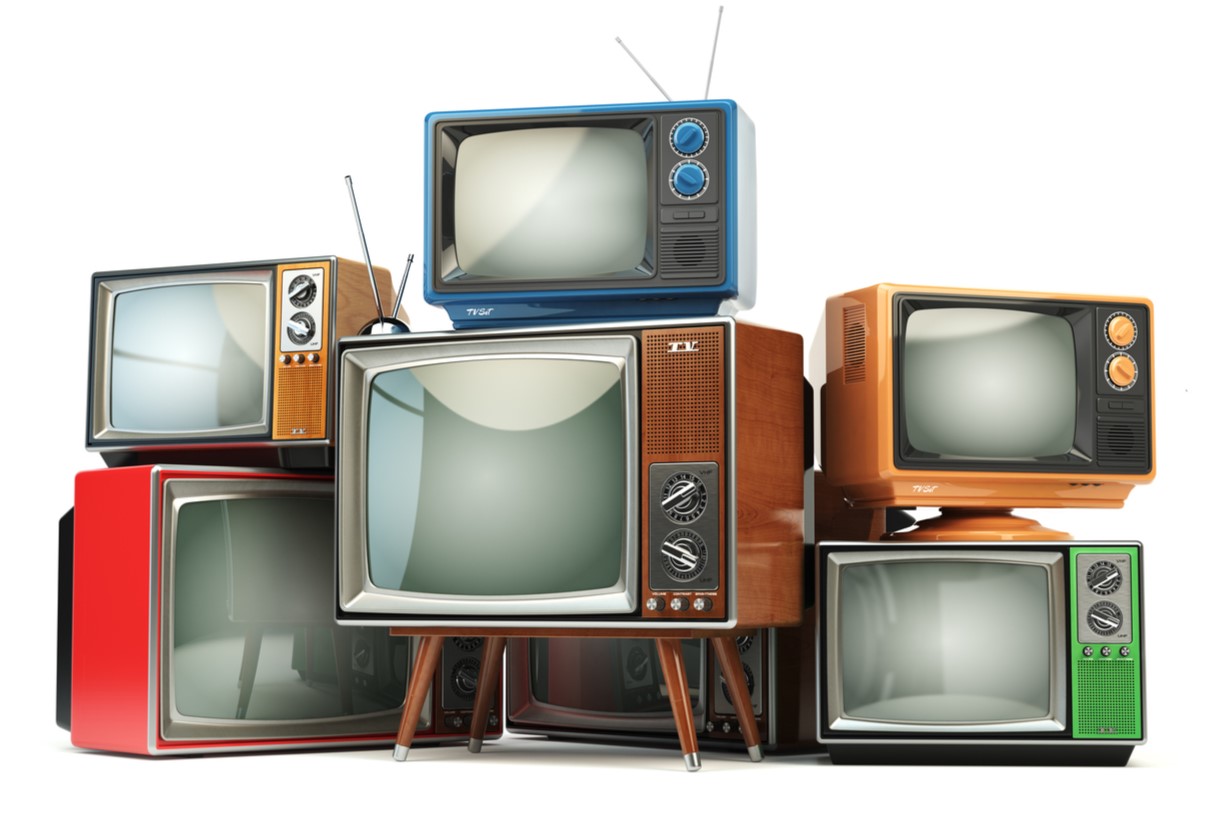

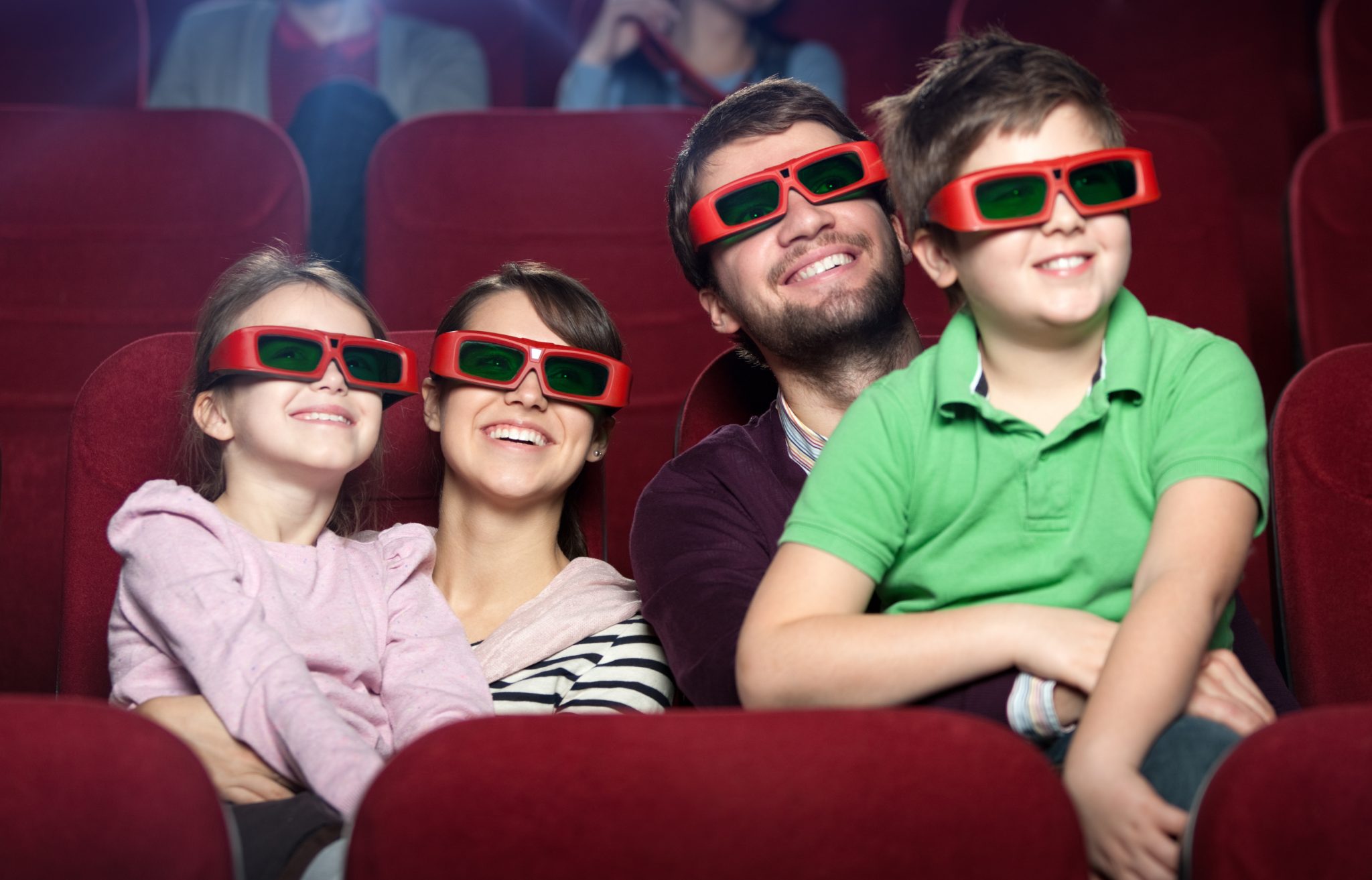
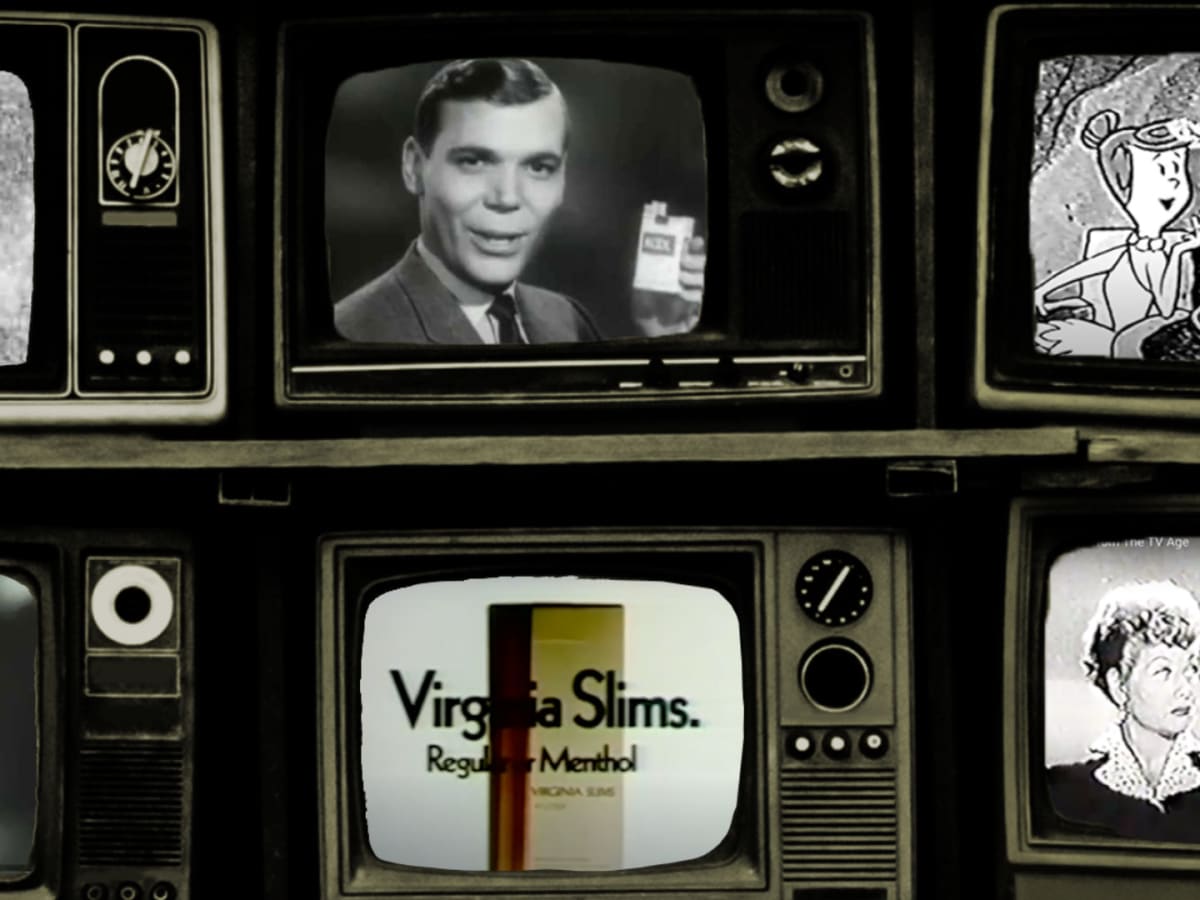

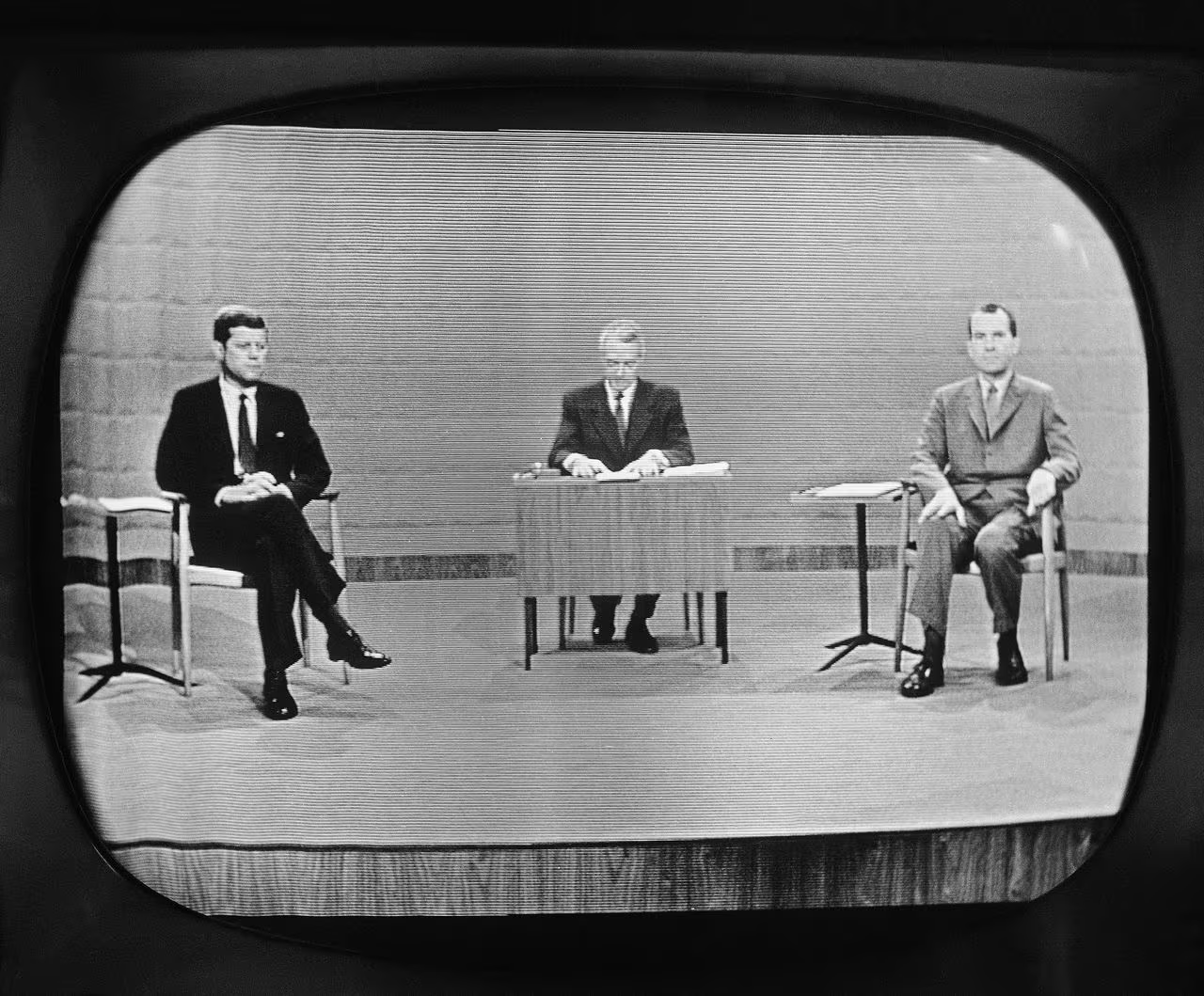
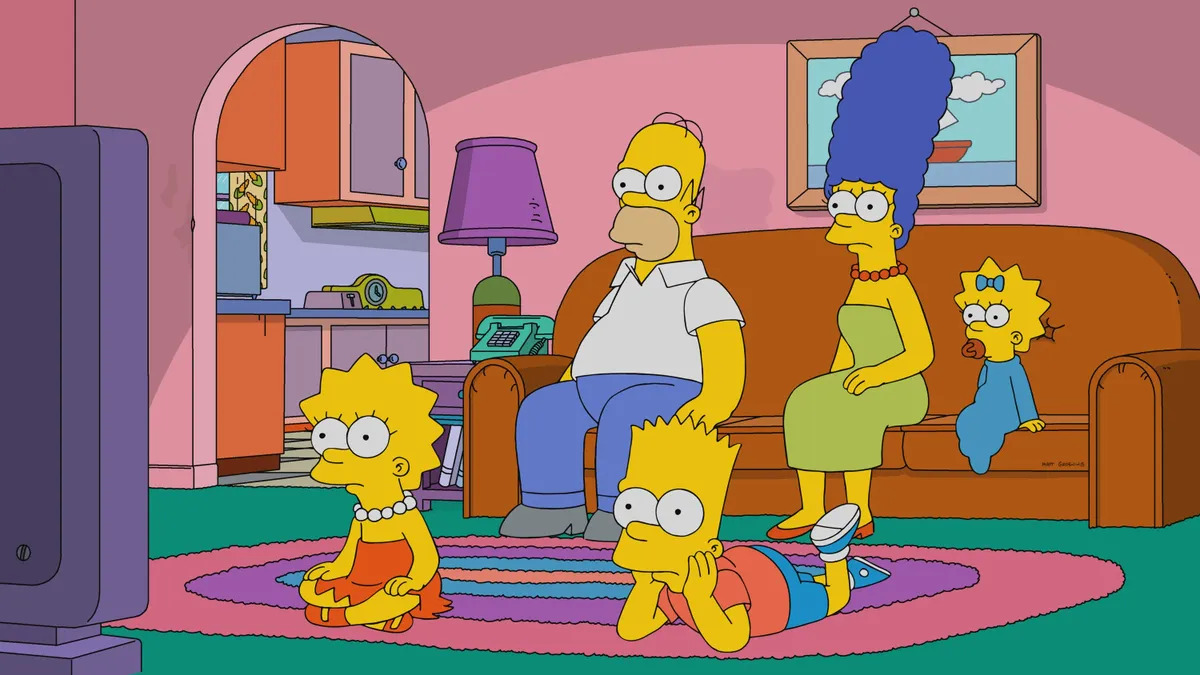


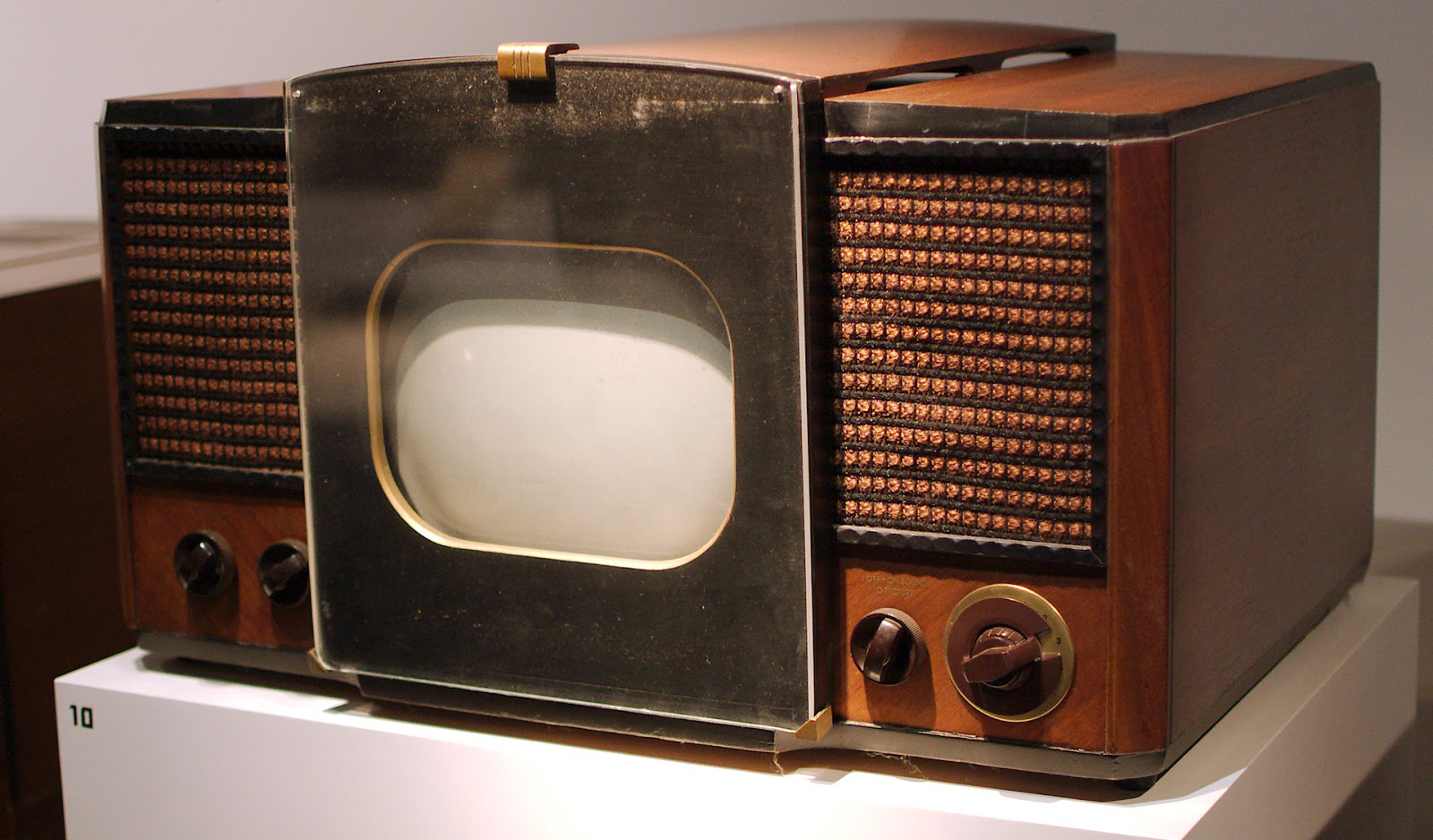


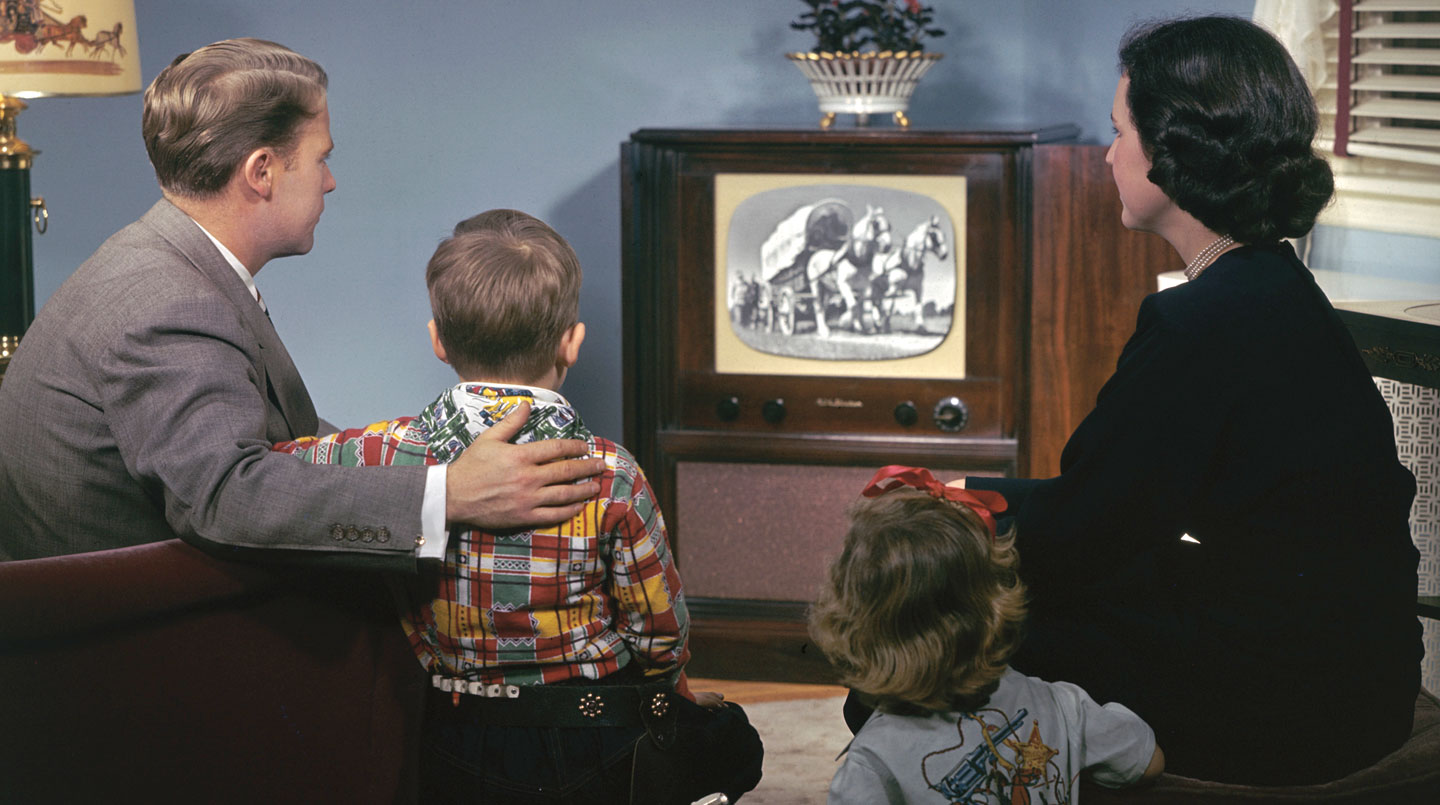

0 thoughts on “What Role Did Television Play In The Civil Rights Movement?”